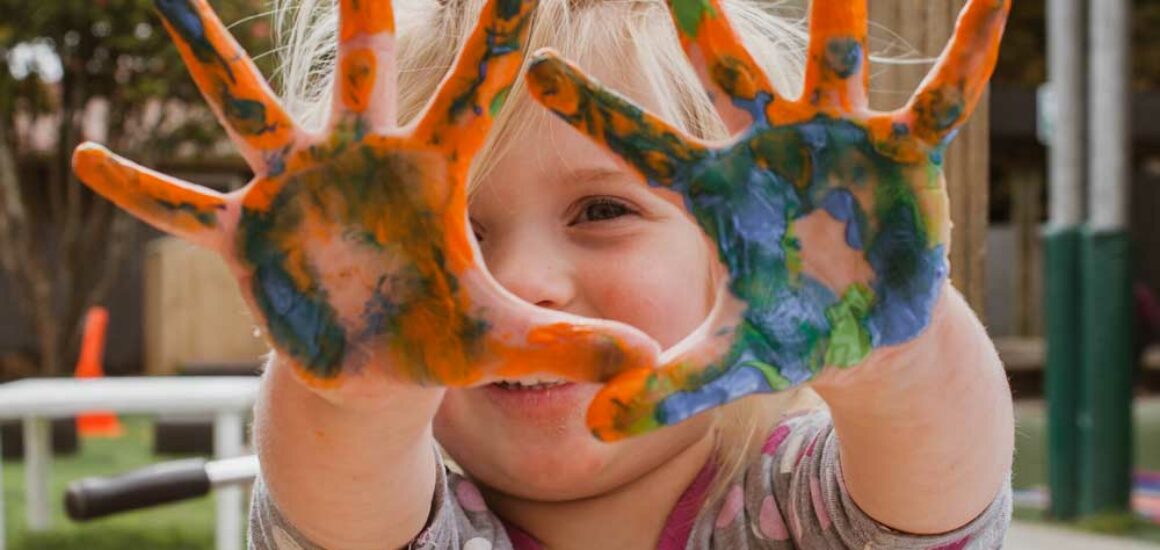The Most Common Pediatric Skin Conditions
Parents, there are a variety of skin conditions that your children could have. Some of them are benign and can be resolved on their own, and some others sometimes need professional help. Dermatologists are trained to diagnose and treat these conditions. Here are four of the most common skin conditions that parents should be aware of so your child can get proper diagnosis, and treatment if applicable:
Warts – These are caused by a virus and can be contagious. They often appear on the hands, feet or the face but are known to appear on different parts of the body. When examining your child, don’t ignore the little cracks and folds of their body as there could be some possible warts hiding out there. Some warts do not require any form of treatment, but to make sure they don’t spread or develop any complications like pain or recurrence, it’s best to bring your child to a dermatologist for proper diagnosis. The treatments can depend on the severity of the wart, from weeks to months. The most common treatments include applying liquid nitrogen on the wart, surgically removing it, or applying anti-viral medications and creams on the affected area.
Moles – These are benign growths that often appear during your child’s younger years. It’s common to see moles spring up as your child grows up. Some moles also increase inside as your child gets older, some lighten or darken over time. It’s imperative that you keep track of any moles that have strange appearances, like rapid growth, any type of bleeding or if multiple moles appear in one concentrated area at a time. If you suspect that a mole might look a bit off, you should bring your child to a dermatologist to have them check it and rule out any cancers like melanoma.
Keratosis – This condition is characterized by rough patches and small, acne-like bumps on the skin. Keratosis Pilaris is often found on the upper arms, buttocks, thighs and cheeks,. This condition often resolves itself but if they bother your child due to itchiness, it might be a good idea to have a dermatologist take a look at it. Dry skin and eczema are often the associated causes of keratosis, and treatment is focused on moisturizing and exfoliating the affected skin. Hydrating the area also helps. Professional treatment options are prescription and OTC creams that can moisturize and smooth out the bumps.
Dermatitis – Simply put: rashes. Dermatitis can occur through many things, whether it be your child coming in contact with a known skin irritant (which is the most common, known as allergic contact dermatitis), or coming in contact with chemicals like soaps, cleaning agents, or even as an auto-immune response. Treatment of this condition varies, from anti-itching creams, cold compress, anti-fungal medication, steroids and even antibiotics. The bottom line is that rashes are the skin’s response after it comes into contact with an irritating agent. Your dermatologist can diagnose what type of rash your child has and recommend a treatment to resolve it.




